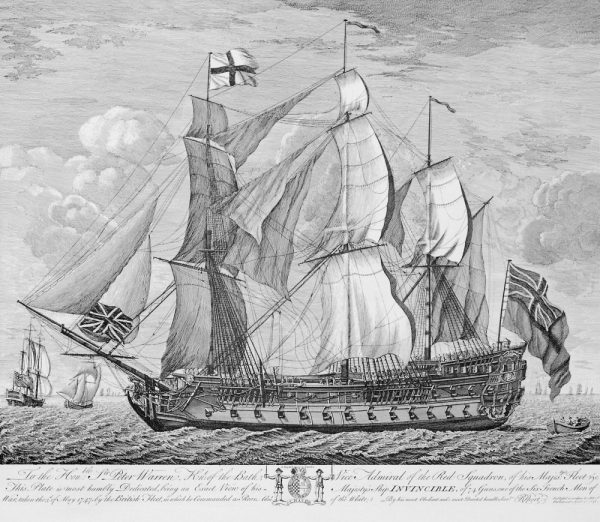Excavation of HMS Invincible completed

Archaeologists and divers from Bournemouth University (BU) and the Maritime Archaeology Sea Trust (MAST) have completed the excavation of the 1744 HMS Invincible.
The three-year excavation project recovered numerous important historical finds including swivel guns, a gun port lid, a clay pipe, a wig curler and various bottles – some with the contents preserved inside.
According to Bournemouth University, Dan Pascoe, the site’s archaeologist, says the finds bring greater understanding of day to day life for the sailors on the 18th century Royal Navy 74-gun warship. “It is those artefacts that tell us about life on-board a warship during the Georgian period. You get such wonderful preservation on the wreck of the Invincible because so much of it survives, you find these artefacts in their original location on the ship and that tells you so much about life on-board.”
The most major excavation of the project was to lift the cutwater – the front most part of the ship – weighing over 5.8 tonnes and over 9 metres in length. The recovery of the cutwater is significant as there is a solid link between the day HMS Invincible was wrecked and the cutwater, which was documented in the Captain’s log.
When the HMS Invincible was given orders to sail with the fleet to North America to fight the French she had an issue bringing up her anchor as it was stuck in the mud. Upon its release, the flukes caught under the cutwater when it was hauled up causing chaos on the deck. Meanwhile, the ship was drifting towards shallow water and before they were able to tack, she ran aground. Evidence of this event can be seen today on the cutwater where there is a gouge taken out at the lower end.
The ship was rediscovered in 1979 by a local fisherman, and designated as an Historic Wreck in 1980. Now that the excavation is complete Historic England has been able to remove the site from its Heritage At Risk Register.
Recovered items will end up on permanent display at the National Museum of the Royal Navy, in Portsmouth, for the public to view.
Read the full article on Bournemouth University’s website.












